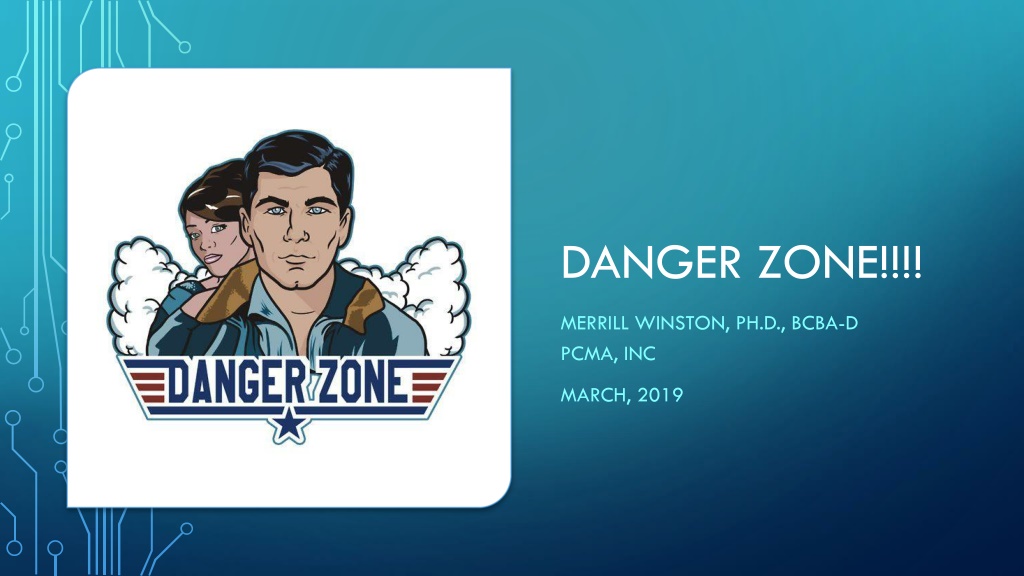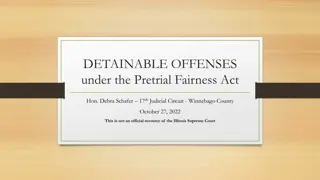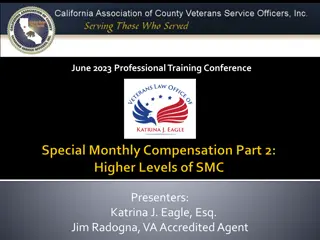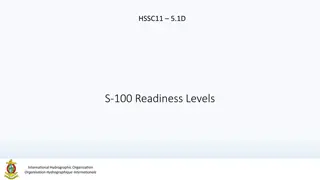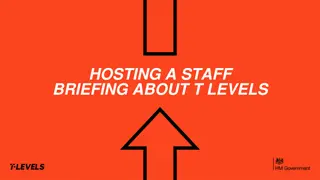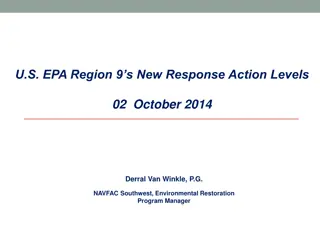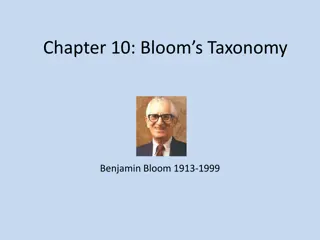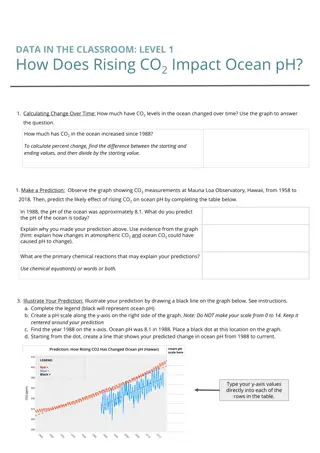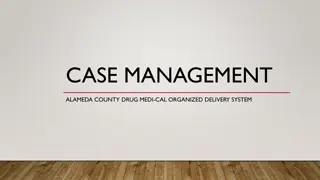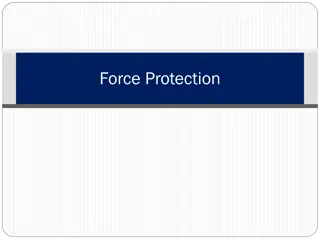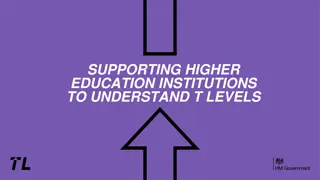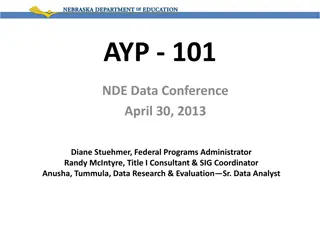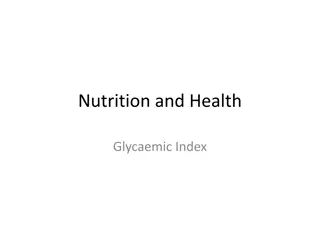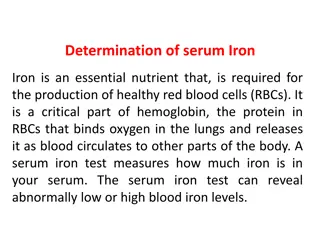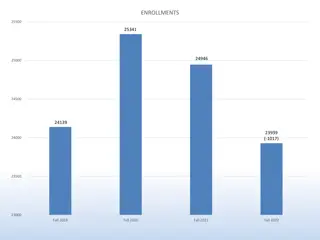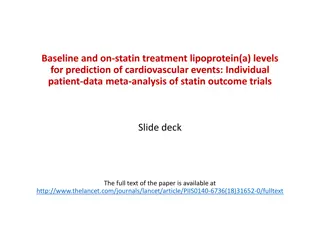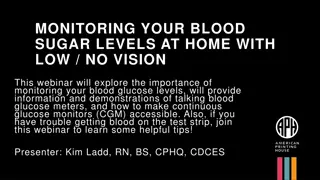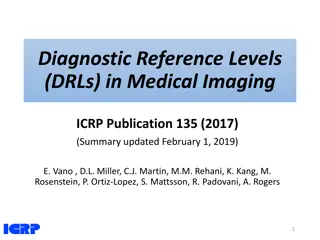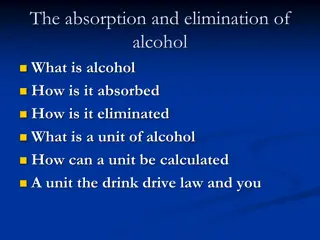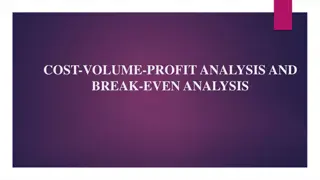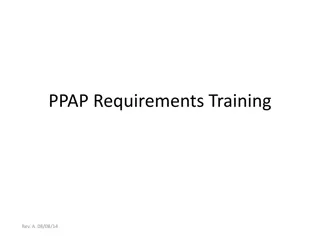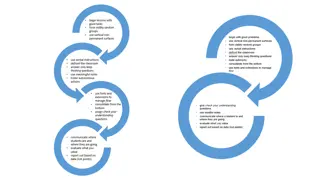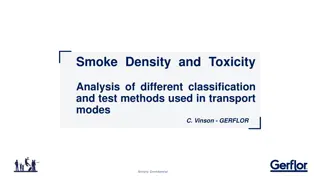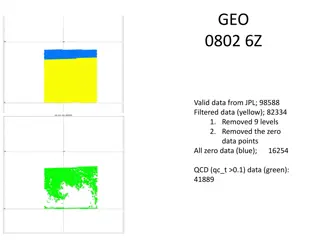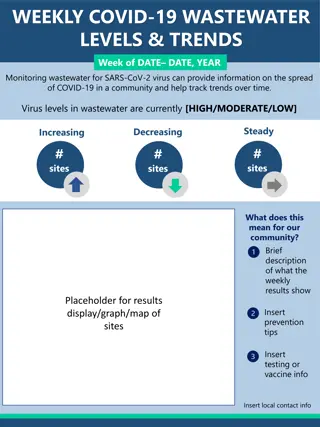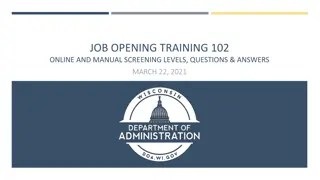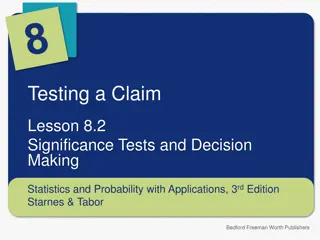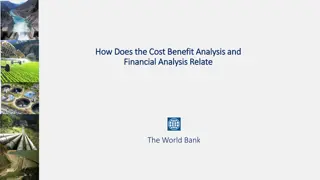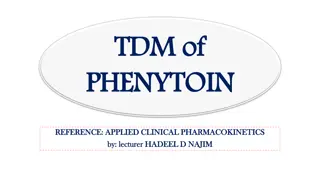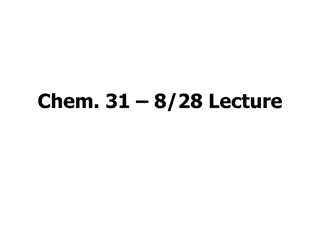Understanding Levels of Dangerousness: A Comprehensive Analysis
This content delves into the concept of dangerousness, outlining a matrix based on the potential for damage and threshold for aggression in individuals. Examples ranging from a non-dangerous child to a highly dangerous Navy Seal are provided, illustrating the varying levels of risk. Ultimately, it emphasizes the importance of evaluating both the potential harm and sensitivity to triggers when assessing dangerousness.
Download Presentation

Please find below an Image/Link to download the presentation.
The content on the website is provided AS IS for your information and personal use only. It may not be sold, licensed, or shared on other websites without obtaining consent from the author. Download presentation by click this link. If you encounter any issues during the download, it is possible that the publisher has removed the file from their server.
E N D
Presentation Transcript
DANGER ZONE!!!! MERRILL WINSTON, PH.D., BCBA-D PCMA, INC MARCH, 2019
CONCEPT OF DANGEROUSNESS I am defining overall dangerousness as a combination of the potential for damage (to people or objects or self) and the sensitivity to typical aversive MOs (demand, denied access, criticism, reinforcer termination and/or removal, etc ). In the matrix that follows the options are: Potential for damage, high and low, and Threshold for an MO to produce aggression, SIB, property destruction, which can be high (very difficult to piss the person off) or very low (a hair trigger )
EXAMPLES A child is 4 years old, when aggressive he slaps adults with an open hand and does not leave marks. He rarely becomes aggressive and only if he pushed very hard in a session. This would be the LEAST dangerous client as potential for damage is low and threshold for agitation is high. This would be a Dangerousness Level of 1 (not dangerous at all) Later, because he had no behavior analyst, the child is worse and the level of aggression is the same, but the frequency has increased and now the child slaps at the same intensity as before but now he slaps because of the tiniest inconvenience. This would be a Dangerousness Level of 2 (slightly more dangerous b/c of lowered threshold)
EXAMPLES A Navy Seal is extremely high on the potential for damage scale. This soldier knows a variety of ways to incapacitate, maim, and even kill. However the Navy Seal is highly UNLIKELY to use these skills against the average citizen. That is, their threshold for aggression would be astronomically high because they KNOW how dangerous they are. Still because their ability to damage is so high, they are more dangerous than the average person. This would be a Dangerousness Level of 3.
EXAMPLES A high-functioning client has fractured a staff member s orbit, broken teeth and broken a staff member s nose. Their potential for damage is high, requiring medical services. Also the individual has a hair trigger that is so bad staff must be careful of using certain words or phrases as they have been known to set him off instantly. This individual is the most dangerous (because of the incredibly low threshold coupled with high potential for damage) and would be in Dangerousness Level 4.
THE MATRIX OF DANGER! Low Potential for damage High Potential for damage High Threshold Level 1Dangerous Level 3 Dangerous Level 2 Dangerous Level 4 Dangerous Low Threshold
